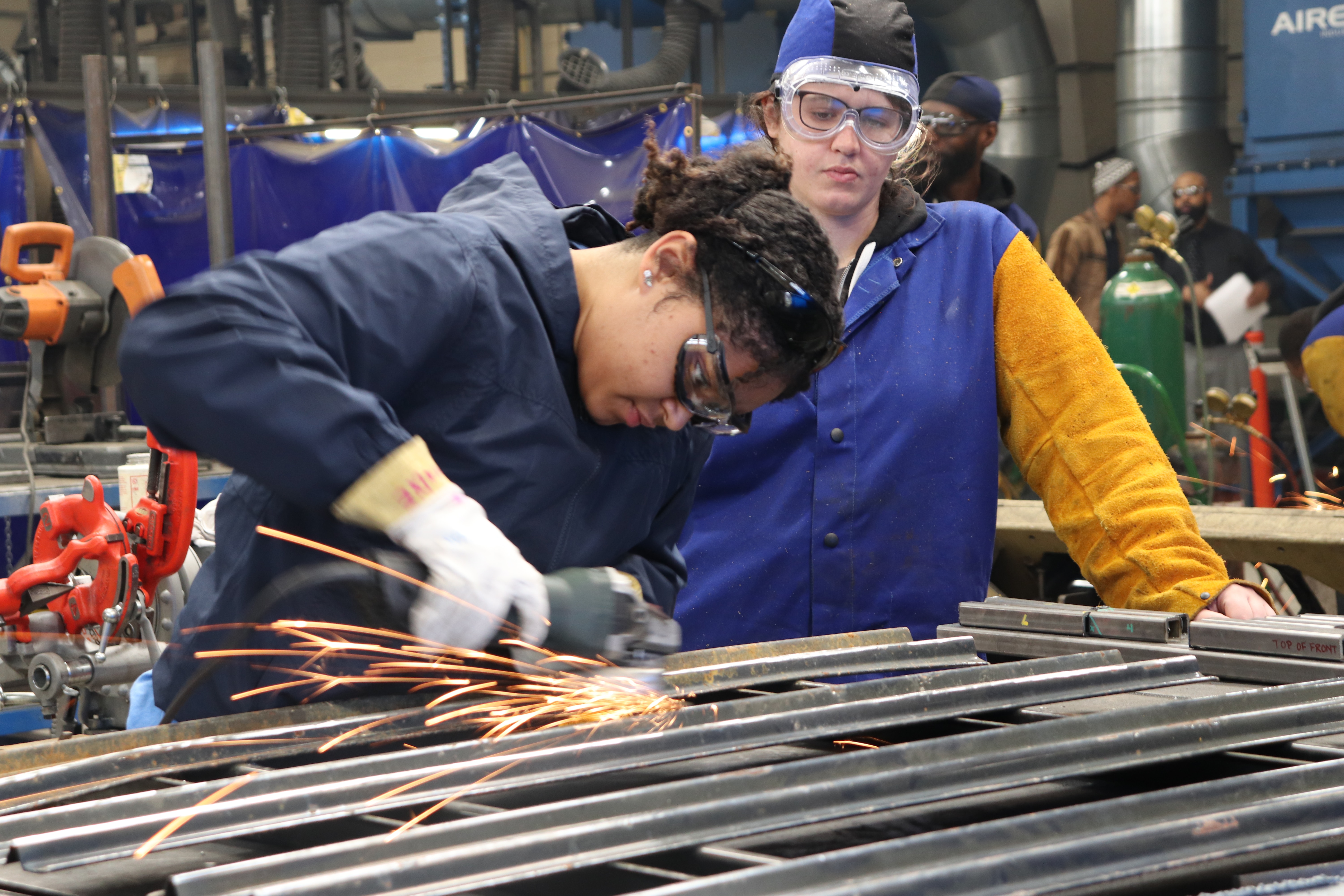In April, the US job market experienced a boost as nonfarm payrolls rose by 253,000, surpassing expert predictions of 180,000, according to the Bureau of Labor Statistics. The unemployment rate fell to 3.4%, tying the lowest level since 1969 and defying estimates of 3.6%. Furthermore, the more comprehensive metric, which includes discouraged workers and part-time workers for economic reasons, dropped to 6.6%.
Average hourly earnings, an important indicator of inflation, grew by 0.5% for the month, exceeding the 0.3% estimate. Annually, wages increased by 4.4%, higher than the anticipated 4.2% gain.
Sectors contributing to the job gains included professional and business services with an increase of 43,000, followed by health care (40,000), leisure and hospitality (31,000), and social assistance (25,000). Despite challenges in the banking industry, finance jobs rose by 23,000, and government hiring increased by the same amount.
Although April's results were positive, prior months saw downward revisions. March's figures were reduced by 71,000 to 165,000, while February's count decreased by 78,000 to 248,000. The household survey, used for calculating the unemployment rate, revealed a more modest total job gain of 139,000.
Steve Rick, Chief Economist at CUNA Mutual Group, expressed optimism regarding the strong jobs report, despite recession fears, banking sector instability, and ongoing layoffs. He anticipates that the resilient job market and signs of slowing inflation will alleviate market volatility in the coming months.
As the economy shows signs of slowing down and potentially entering a recession later in the year, the banking industry, particularly mid-size regional institutions, has faced deposit runs and plunging share prices. Moreover, credit card spending has dropped by 0.7% compared to last year, per Bank of America data.
Despite these challenges, the Federal Reserve increased its benchmark interest rate by a quarter percentage point this week, reaching its highest level since August 2007. Federal Reserve Chairman Jerome Powell recognized the burden of higher interest rates on households but emphasized the strength of the labor market. He also noted that the economy may face further challenges due to tighter credit conditions.
The central bank aims for a 2% annual inflation rate, although current consumer price index data shows a 5% annual pace. Rising wages contribute to this inflationary pressure. Powell suggested that a 3% annual wage gain aligns with the Federal Reserve's 2% target.










